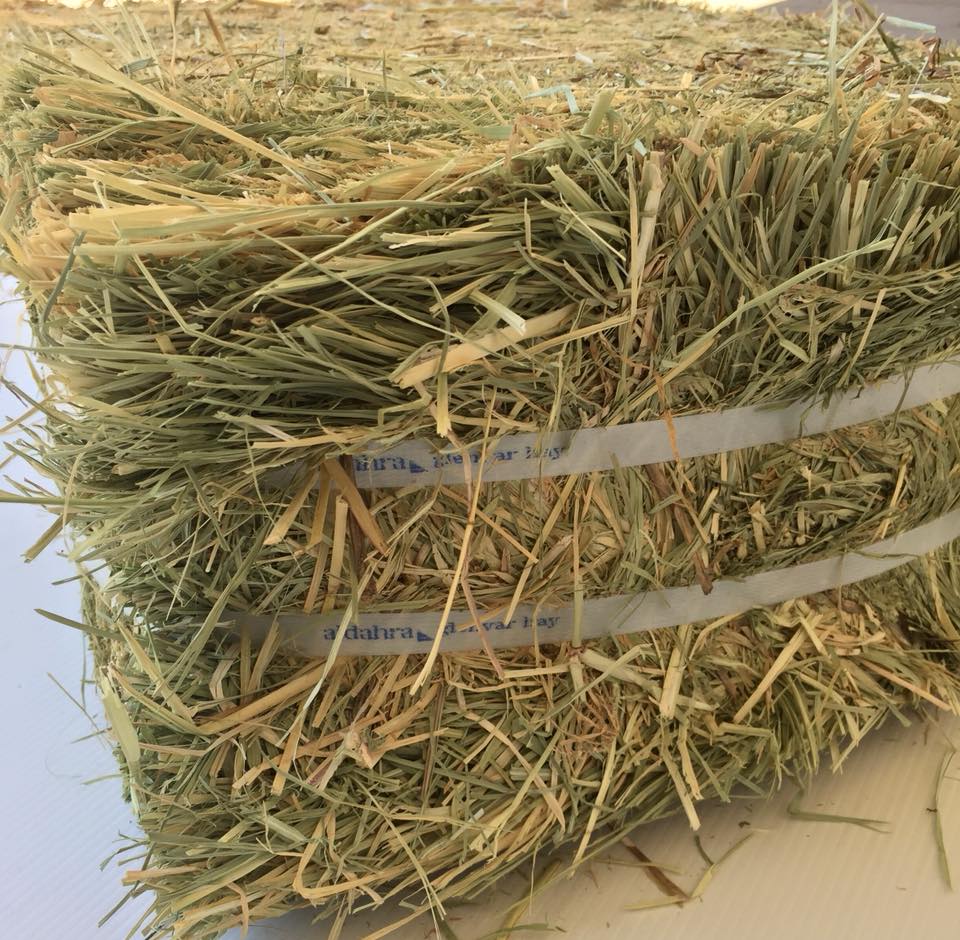
05 Apr Rabbit Nutrition: An Overview
So much is written on feeding practices, with different names for grains, pellets and hay, and everyone has a different idea.
Many sources of information available are not applicable to Australian conditions, or even remotely similar to what is grown and sold here. It is often a matter of trial and error, availability, convenience, seasonal and personal choice. We all have our own likes and dislikes, as I’m sure our rabbits do. What works for one pet owner or breeder, won’t necessarily suit or work for another.
Rabbits, like people, require different levels of nutrition through their life stages. A kitten has different nutritional requirements to a brood doe or show rabbit. One is at the beginning of its lifecycle, while the other is in peak condition, or even retired on a maintenance diet. So where do you start? Search for as much information available from your experienced local breeders and club, and filter through the information to find the best suited to you and your rabbit/s. Ensure when purchasing or obtaining a rabbit, that you continue with the feed type as closely as possible as the previous owner, and change over gradually.
The basis of any feed routine is just that – routine. Feed can’t be changed on a daily basis, nor forgotten, it must be consistent. A rabbit basically requires it’s digestive system to be constantly moving to remain healthy. Therefore, feed must be readily available and of good quality, if your animals are to stay fit, healthy and disease free. Feed and routine also play a large part in the ability of an animal to breed successfully and even raise a litter. Fresh clean water must always be available.

The calcium content of your pellets should be somewhere around 1%. Excessive calcium is excreted in urine, and as such, is believed to contribute to kidney and urinary problems, particularly in older rabbits. Milky white urine for a number of successive days may indicate such a problem.
Pellets should have no more than 1% fat for adolescent and adult rabbits alike. A diet too high in fat can contribute to obesity, infertility in does, and put strain on vital organs.
Pellets may be manufactured from a variety of sources, though the majority in Australia are Lucerne based. Problems associated with the excessive protein or calcium levels of these pellets can arise, though risks of such problems occurring can be minimized by strict scrutiny of nutritional labels, and supplementing the diet with high fibre hay. Pellets should be enriched with vitamins, minerals and trace nutrients to ensure your rabbit’s dietary needs are met.
Make sure the pellets you feed are fresh and free from mould (to avoid mycotoxin poisoning. Long storage times means they may begin to lose vitamin A & E).


Straw may provide some added roughage, but it has less nutritional value. Hay is harvested when seeds in the seed heads are still immature. At this point, the seed heads and stalks yield higher nutritional benefit. Straw is essentially hay which has matured further, to the point where mature grains are harvested. By this time, the stalks have lost most of their nutritional value, and the seed heads (now mature grains) have been removed.

Supplements: It’s unlikely your rabbit will need vitamins. Rabbits generally receive all vitamins and minerals necessary to maintain optimum health, simply from being fed a diet of high quality pellets, cereal hay, and possibly select vegetables.

- Do not suddenly change a rabbits diet as it may result in gastro upsets or even death. Introduce new or different foods gradually. All rabbits become accustomed to a particular type of food. The person that sells you your rabbit should provide a small bag of food to take home with you.
- If you can’t obtain the same brand of food please introduce your food slowly over a period of 7-10 days.
- Buy a good quality rabbit food. Rabbit pellets provide a good balanced diet for bunnies. Avoid buying cheaper low quality foods that contain a lot of chaff and not many pellets as this is unlikely to provide enough nutrition, especially for larger growing bunnies.
- Some rabbits are accustomed to some green foods such as celery tops, broccoli leave, carrot and apple. It is a good idea to check with the previous owner. Give this type of food in small amounts and introduce them slowly to rabbits that are not used to having it.
- It is not a good idea to give lettuce as this may cause diarrhoea and cabbage may cause colic.
- Hay is also an important part of a rabbit’s diet. Make sure it is nice fresh hay without any mould. Hay is much nicer – and more nutritious—than straw.
All these necessary requirements are met in the T&R Rabbit & Guinea Pig Pellet
Thank you to the WA Rabbit Council Inc for providing this informative article! We are proud sponsors of their upcoming Rabbit Extravaganza.




No Comments